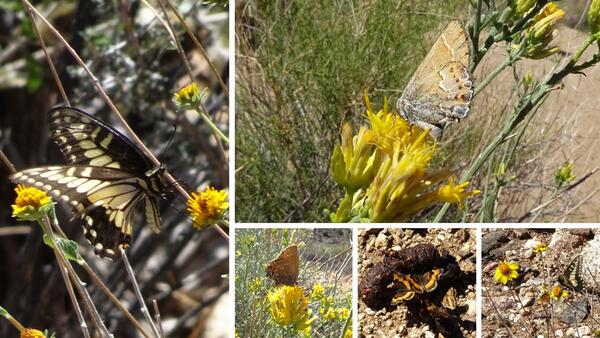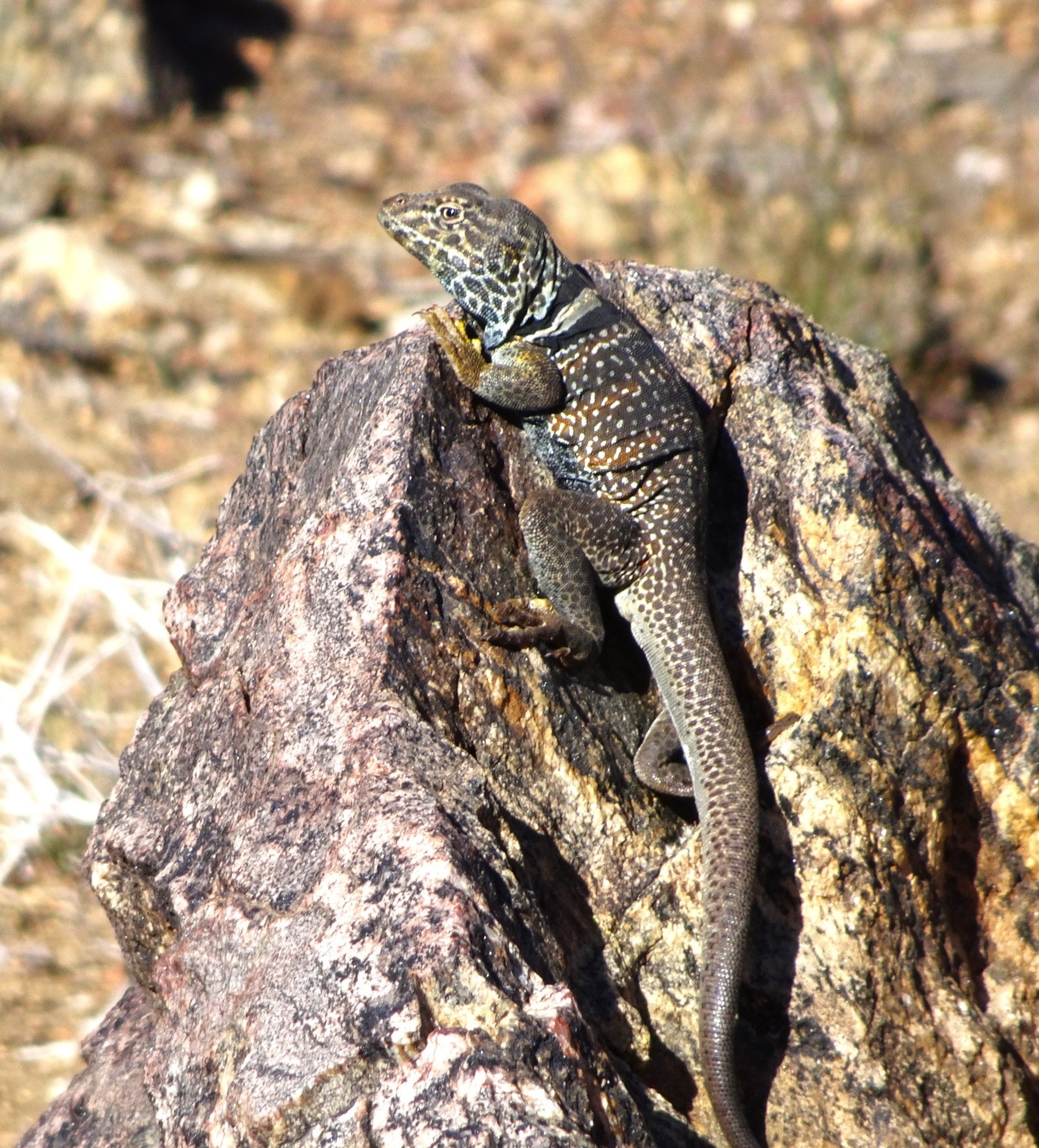What Does the Summer Rain Do?
“Without rain, there is no life.” — Jerry Yang
So true, and acutely so in deserts. One of the many insidious impacts of modern climate change is that arid regions, including deserts, are becoming both hotter and drier. Our current drought exceeds any in more than 1,000 years, and if the modeled predictions are correct, drought conditions will dominate the desert southwest until we make significant changes. What does that portend for the incredible biodiversity of our deserts? The prudent answer is that deserts will suffer, perhaps more so than other terrestrial landscapes. However, there may be patchy glimmers of optimism.
While it is abundantly clear that winter-spring rains have been in decline, a warmer earth includes warmer oceans, and warmer oceans spawn hurricanes. The damage wrought by hurricanes and the associated flooding they bring cannot be overstated, but in search of a modicum of something positive, hurricanes and semi-tropical storms are a source of summer rains over our deserts. The question is whether summer rain is sufficient to buffer against local extinctions generated by the loss of winter-spring rain? As a quick Desert Ecology 101 re-cap, remember that the Chihuahuan Desert is watered solely by summer rains. California deserts share a few species with the Chihuahuan Desert, creosote bush, ocotillo, and side-blotched lizards, so there is some reason to predict that at least those species would benefit from summer rains. The Sonoran Desert splits its rainfall evenly between the summer and winter-spring. California deserts share more species with the Sonoran Desert. Along with those aforementioned Chihuahuan Desert affiliates, there are paloverde and ironwood trees, brittlebush, chuckwallas, desert spiny lizards, and more. California’s Colorado and Mojave Deserts are largely watered by winter-spring rains, with only sporadic summer rains. I have heard a seasoned desert naturalist proclaim that summer rains in the Colorado and Mojave Deserts are too little and occur when it is too hot. The outcome being that most if not all of the summer rain evaporates, creating humid conditions but not reaching the roots of desert plants, at least not enough to be ecologically relevant.
The Sonoran Desert summer rains, the monsoons, have been plentiful in 2022. Driving east on I-10 first across the Colorado Desert there is a patchy signature of summer rain. Rather than an olive brown, the creosote bush leaves are bright green, the ironwood and paloverde trees are full of green leaves. But these signs of vibrant life are erratic, lasting for maybe a few miles as the I-10 cuts across the California desert. As few miles into Arizona, into the proper Sonoran Desert, the patches of green melds into a continuous blanket of photosynthesis seemingly on steroids. Green leaves and flowers carpet the desert shrubs and sometimes the ground itself is obscured by bright shades of greenery. The distinction between the Colorado and Sonoran Deserts is abundantly clear.
Still, are those isolated, ephemeral patches of summer green in the Mojave and Colorado Deserts ecologically meaningful? Did the rain do more than cause plants to sprout leaves? Did pollinators and predators also respond?
Our Community Scientists hiked the Lost Horse Mine trail in Joshua Tree National Park last week, and by chance it was one of those isolated patches of green, having been doused with rain a month or two prior to our visit. We were immediately struck by the abundance of frustratingly evasive desert black swallowtails and California patch butterflies. Frustrating because the butterflies seemed to have a sixth sense, flying away just as we focused our cameras. Those two species were abundant, but there were other butterflies as well. Dainty sulphurs, variable checkerspots, Loki hairstreaks, and sleepy oranges joined in partaking of nectar from an abundance of flowers. Those flowers included perennials, Acton’s brittlebush, goldenbush, Mojave aster, desert marigolds, and desert sunflowers, along with annuals such as sand verbena and lupine. It was as if spring, which was mostly disappointing from a flower and butterfly perspective due to the drought, had shifted to early fall. Lizards were abundant as well. Western fence and desert spiny lizards were as abundant as we had ever seen them there, as were desert collared lizards. One collared lizard in particular was more than just “pleasantly plump” having partaken in the profusion of side-blotched lizards and beetles.
It was abundantly obvious that the summer rain there was ecologically “relevant”; integrated food webs were active and thriving. To be clear, the Lost Horse Mine trail begins at 4500 feet and at its zenith reaches just above 5000 feet, at relatively high elevations and cooler temperatures than one would find in much of the Colorado Desert. Cooler temperatures reduce evaporation and so make each rain drop a potential catalyst for that food web. At lower and hotter elevations, it would have required much more rain to have created a similar ecological bonanza. This pattern underlines the importance of desert sky islands, high elevation mountains within or abutting the lower elevation deserts. The cooler temperatures found at elevations climbing above 4000 feet are offering refuges where the rich desert biodiversity can still flourish.

